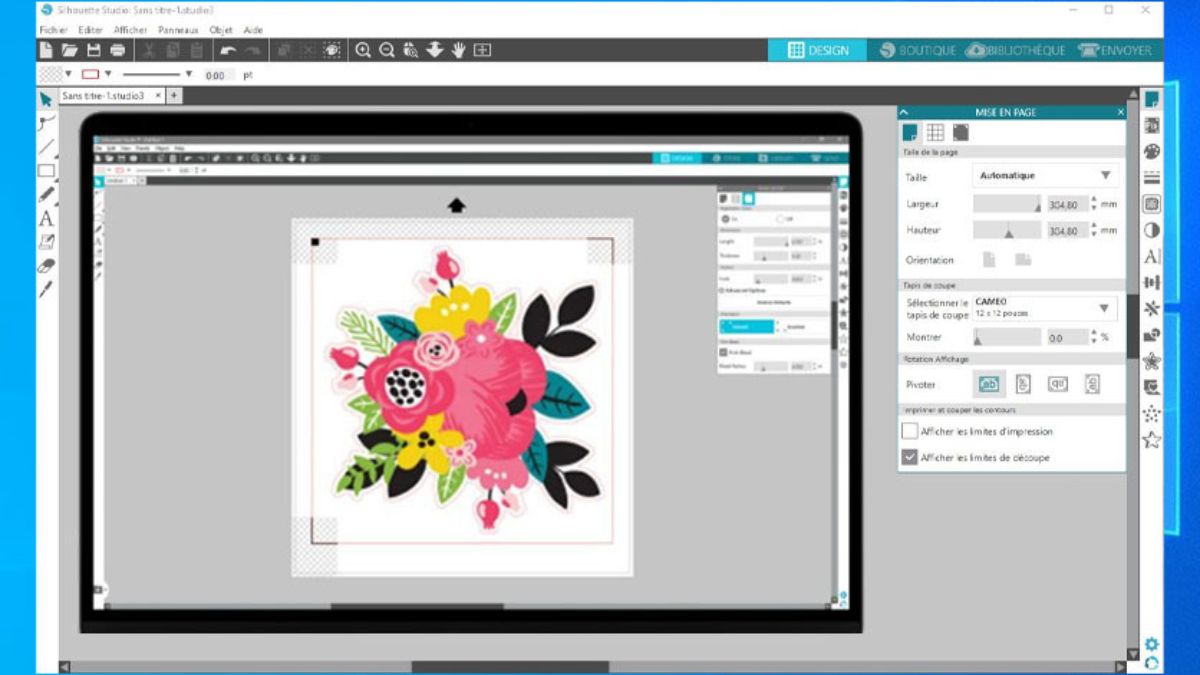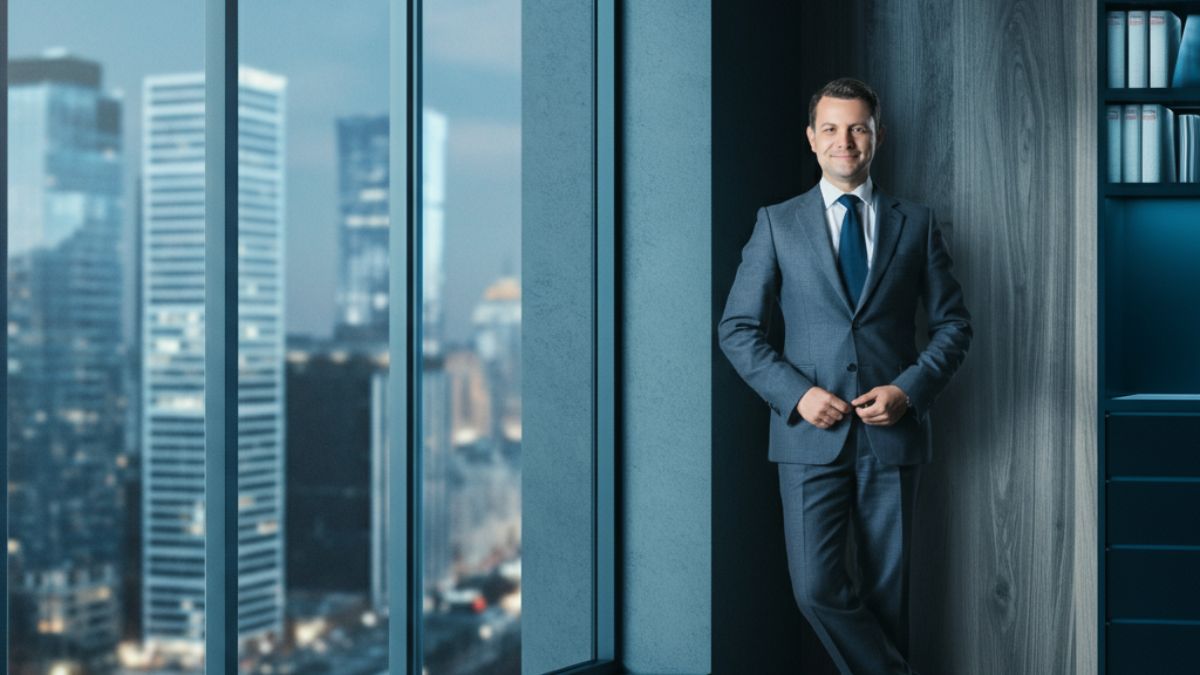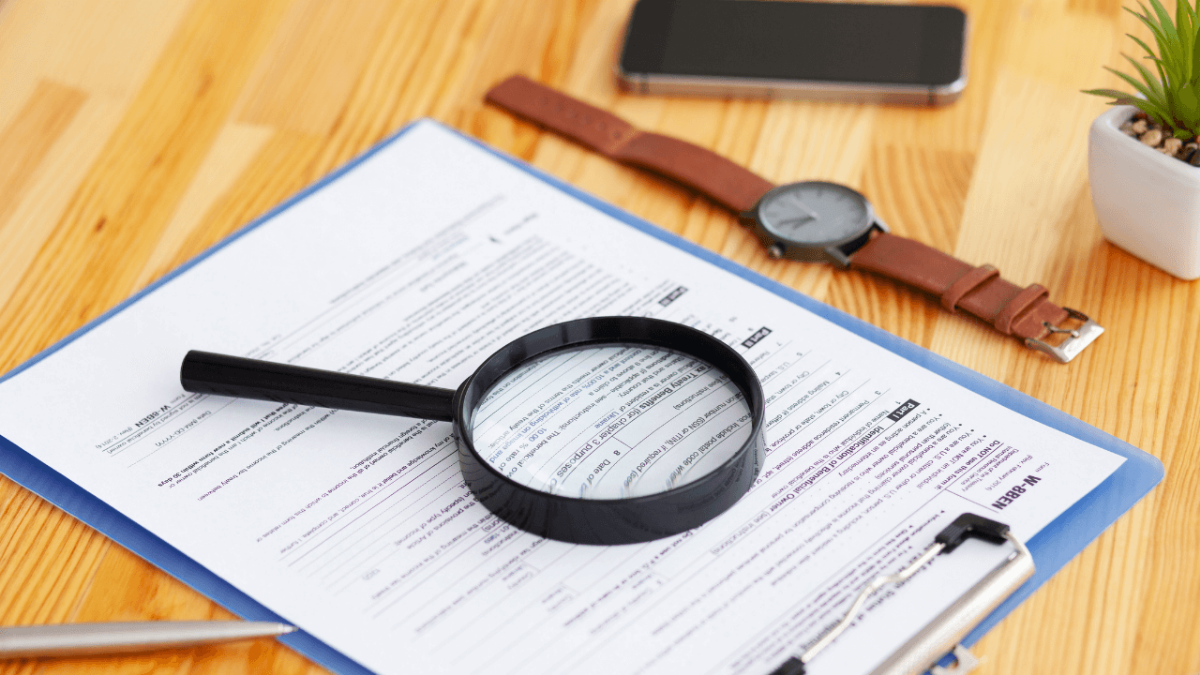When it comes to dress codes, “business casual” is one of the most commonly misunderstood terms. The vague definition leaves many wondering what qualifies as business casual. Does it mean no ties but a blazer? Are jeans allowed? How do you strike the perfect balance between professional and relaxed?
If you’ve asked yourself any of these questions, you’re not alone. This guide will break down what business casual really means, how to adapt it to different workplace settings, and some actionable tips for nailing the look consistently.
What Is Business Casual?
it is a dress code that strikes a balance between traditional office formalwear and more relaxed attire. Think polished, professional, and comfortable, without veering into overly casual territory like gym wear or ripped jeans.
Here’s a quick snapshot:
- For Men: Button-down shirts or polo shirts, chinos or dress pants, loafers or clean, professional shoes. Jackets and blazers are optional but enhance the overall look.
- For Women: Blouses, sweaters, knee-length skirts, tailored trousers, flat shoes, or low heels. Accessories and statement pieces can add a personal touch but should remain understated.
Remember, business casual isn’t set in stone. It varies depending on your industry, geographical location, or even company culture. That tech start-up you applied to may accept sneakers and jeans as business casual, while a law firm might still expect a jacket with your chinos.
Why Is Business Casual Important?
Understanding business casual dress codes is vital for creating a strong professional impression. First impressions are often influenced by how you present yourself, and wearing the appropriate attire shows you understand the workplace culture.
A well-coordinated business casual outfit can:
- Boost Confidence: When you feel good about what you’re wearing, it reflects in your demeanor.
- Show Respect: Appropriate dress demonstrates that you respect the workplace’s standards and environment.
- Enhance Productivity: Believe it or not, dressing “for work” rather than in overly casual clothes can help set the tone for a focused, professional day ahead.
Business Casual for Different Workplace Settings
Since the definition of business casual can vary, here’s how to tailor your look across various environments:
1. Corporate Offices
Corporate workplaces often lean towards a more formal interpretation of business casual:
- Men: Opt for well-pressed slacks, a nice button-up shirt, leather shoes, and, if you want to elevate the look, consider adding a blazer.
- Women: Tailored trousers or a structured skirt paired with a blouse or knit sweater works perfectly. Closed-toe pumps or loafers complete the look.
2. Creative Industries
Fields like marketing, design, or advertising tend to allow more flexibility:
- Men: Dark-wash jeans, a collared shirt, and clean sneakers or loafers can work here. A casual blazer adds polish.
- Women: Dresses with bold patterns, trendy ankle boots, or even well-fitted dark jeans shift the look to a laid-back creative vibe.
3. Startup Culture
Startups are synonymous with relaxed professional environments:
- Men: Think smart casual—chinos, polos, and minimalist sneakers are your go-to.
- Women: A tucked-in blouse with jeans and flats, or a casual sweater dress paired with comfortable shoes, fits right in.
4. Remote-Friendly Workplaces with Zoom Calls
For remote jobs, business casual is typically seen from the waist up, so focus on your top half:
- Men & Women: Go for a crisp, collared shirt or blouse. Keep accessories classy and maintain tidy grooming.
Do’s And Don’ts of Business Casual
Do’s
- Invest in Fit: Tailored clothing (even on casual items) will always look more polished than oversized or slouchy garments.
- Neutral Colors: Stick to a palette of neutral or subdued tones like navy, beige, white, and black. These make mixing and matching easier.
- Prioritize Fabrics: High-quality materials like cotton, wool, and linen not only look better but feel more comfortable.
Don’ts
- Avoid Rips or Distress: Anything ripped, frayed, or overly casual (yes, this includes graphic tees) is a no-go.
- Skip the Flip-Flops: Casual sandals and flip-flops are never considered business casual. Closed-toed shoes are always safer.
- Overdo Accessories: Keep jewelry minimal and tasteful. Opt for one statement piece if you want to elevate the look.
Capsule Wardrobe for Business Casual
Building a versatile capsule wardrobe geared toward business casual makes mornings easier. Here’s what to include:
For Men
- 2–3 button-down shirts (solid and patterned)
- 2 polo shirts
- 2 pairs of dress pants
- 1 pair of chinos
- 1–2 blazers
- 1 pair of loafers
- 1 pair of clean, minimalist sneakers
For Women
- 2 blouses in soft, neutral colors
- 1 knit sweater
- 2 pairs of tailored pants
- 1 knee-length skirt
- 1 structured blazer
- 1 pair of closed-toe heels
- 1 pair of classic ballet flats
How To Transition from Casual to Business Casual
Is your wardrobe more weekend-ready than workplace-appropriate? Here are some quick tips to elevate your style:
- Swap T-Shirts for Collared Shirts: Even replacing a cotton tee with a polo upgrades your look.
- Add A Third Piece: A structured blazer or cardigan adds instant polish to any outfit.
- Upgrade Your Shoes: Trade gym sneakers for loafers or ankle boots to maintain a professional vibe.
- Stick To Simple Patterns: Stripes, subtle plaids, and muted patterns are typically more workplace friendly.
Final Thoughts on Business Casual
Decoding it isn’t as daunting as it seems. The key is to strike the right balance between polished and relaxed, tailored and comfortable. By understanding your workplace culture and prioritizing high-quality, versatile pieces, you’ll effortlessly master this dress code.
If you’re still figuring out your business casual look, why not start building your capsule wardrobe today? Investing in a few timeless pieces will pay off in both confidence and convenience. Remember, when you dress well, you exude professionalism and poise.











